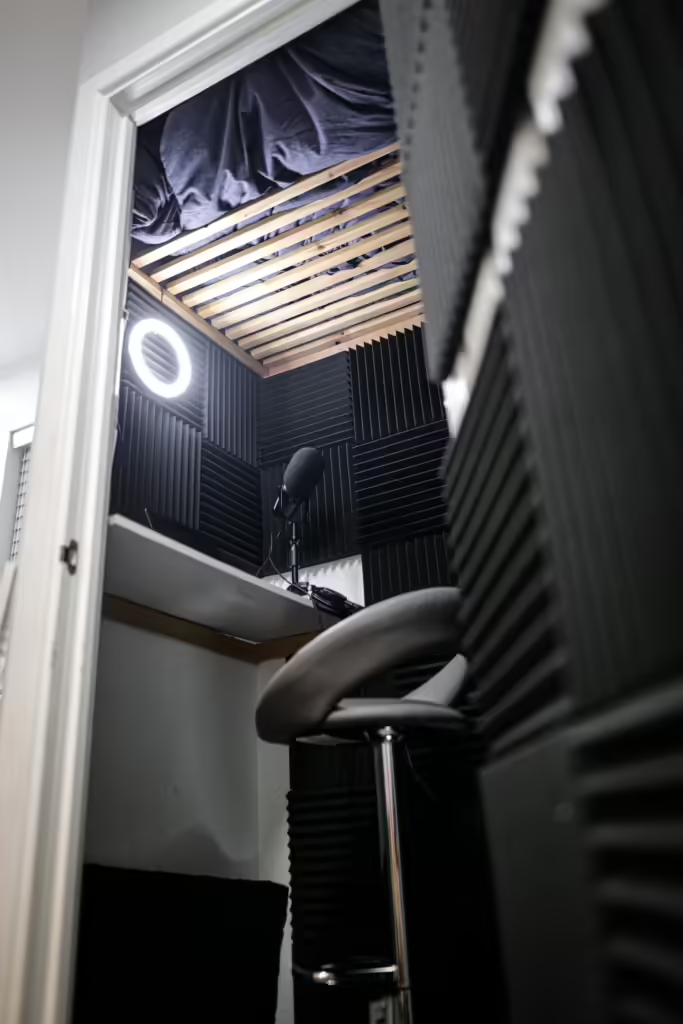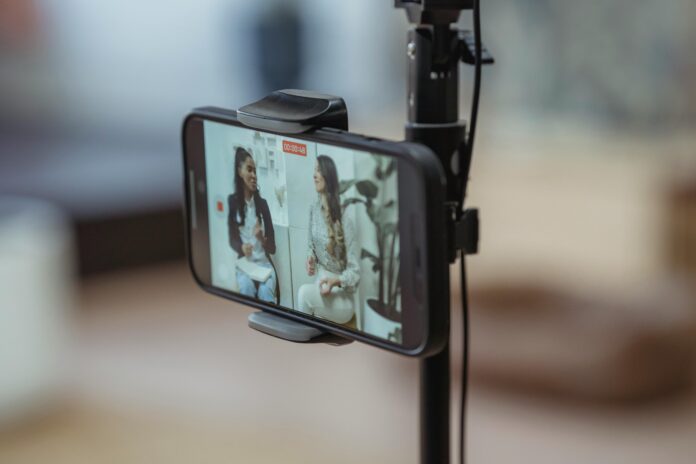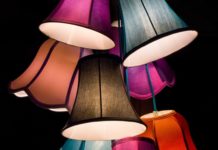From entertainment streaming to setting up a background for remote work, everybody needs to have a backdrop when they go on camera. Fortunately for you, there are a lot of pros out there to learn from. Here are some tips on how to decorate a space that will be featured on camera.
Keep Colors Simple
First, you should start with the wall behind you when on camera. For video/stream backgrounds, neutral colors work best as they don’t take attention away from you or anything else happening on screen. Fortunately, most household walls sport neutral coloring anyway. If you use a brighter color, it’ll work best as a solid block instead of color combinations or disorienting patterns.
There are exceptions to this rule, most notably related to branding. Every business has a brand, so if a certain color is part of your branding then it makes sense to include it. For example, consider the iGaming industry which hosts a variety of online games, including interactive live streams. Those streams have their own branded names and color schemes, like the All Bets Blackjack casino game using turquoise in promotional materials. As such, the felt of their blackjack table is closer to turquoise than the usual green, and they have also used turquoise walls in the past with diamonds, hearts, aces, and spades on them.
No matter what color you use, you should test it to make sure it looks good on camera. Once you have a solid wall background, you can start adding splashes of color through wall hangings, LED decorations, or other personal touches. For a clean, professional aesthetic, some opt to put an indoor plant behind them that adds some green to an otherwise neutral background. Otherwise, art pieces are a good way to add some color and character to the scene.
Control Lighting
If you’ve ever seen a professional set, you’ll know how strictly they control light with an array of complex lighting rigs. You don’t need that kind of equipment for a streaming setup. Instead, you just need to make sure lighting is relatively balanced with more light coming from the front, not from behind. If you are too backlit, then the background might go out of focus and it’ll be harder to see you. Usually, natural lighting is more than enough backlighting.
To create a subtle front-lighting effect, most people use key lights. These are two lights placed at either side of your camera, pointed at you at a 45-degree angle. In a pinch, a lot of people opt for a simple ring light that can mimic this effect with just one device.

The key light is just one part of three-point lighting, the professional method used to light movie scenes or other scenes shot on a set. Masterclass explains three-point lighting here, but home setups don’t need to go through so much effort to get quality results. When a background is perfectly lit, viewers can better appreciate its colors and the other features you’ve added to it.
Use Shelves & Cabinets to Display Interests
Lastly, you can and should use shelves, cabinets, and other displays to show off your interests or eye-catching props. A background should give some indication of your personality and the intent of your content. Installing some shelves or cabinets is also a great way to fill up an empty background.
If you’re relocating or setting up a new space, a moving company can help transport and organize your items efficiently, making it easier to design a backdrop that reflects your style.
It helps when the items relate to things you’ll cover. For example, tech reviewers might fill theirs with their favorite gadgets like video cameras, smartphones, and other tech they like. Likewise, movie reviewers will fill theirs with DVD cases. Book reviewers, or just those covering philosophical or historical subjects, might go the old-fashioned route and show off a bookcase instead.
If this kind of preparation is too much at the moment, nothing is stopping you from using a virtual background. Publications like The Conversation have outlined the benefits of virtual backgrounds, especially for work calls. Then, at a later date, you can build the real streaming background of your dreams.














